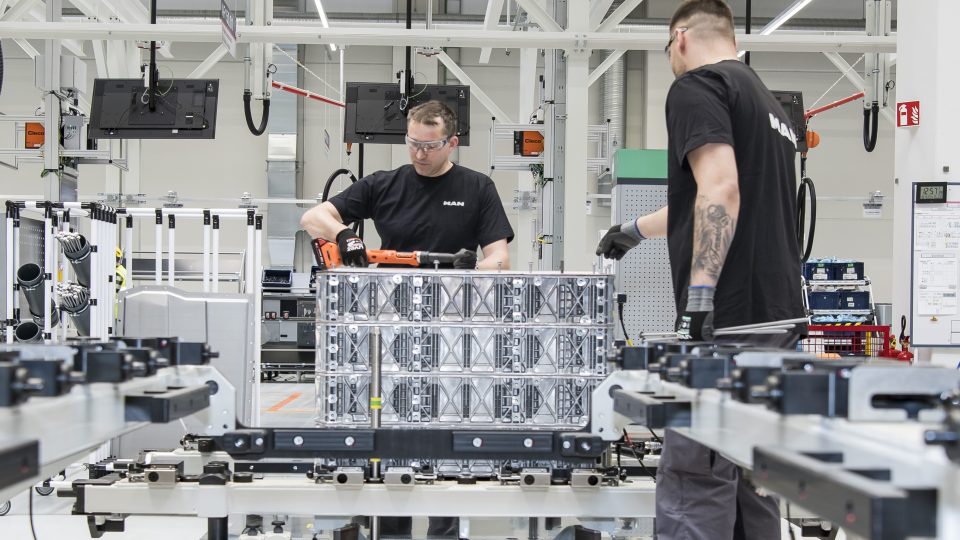Prague is bringing trolleybuses back in town. The 24m Skoda-Solaris Trollino presented today at Czechbus
Prague Transport Company and Škoda Group have introduced today the Škoda-Solaris 24m, the longest trolleybus in the Czech Republic. Passengers using public transport to or from Václav Havel Airport Prague will soon be travelling on a long-awaited double-articulated, almost 25-metre-long battery-powered trolleybus Škoda-Solaris 24m. The vehicle has been presented at the Czechbus 2023 trade fair […]
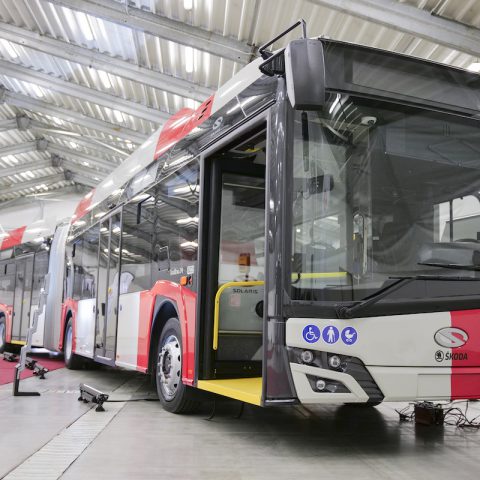
Prague Transport Company and Škoda Group have introduced today the Škoda-Solaris 24m, the longest trolleybus in the Czech Republic.
Passengers using public transport to or from Václav Havel Airport Prague will soon be travelling on a long-awaited double-articulated, almost 25-metre-long battery-powered trolleybus Škoda-Solaris 24m. The vehicle has been presented at the Czechbus 2023 trade fair in Prague’s Letňany.
DPP has ordered in early 2022 20 of these vehicles for the Nádraží Veleslavín – Prague Airport line, which will change from bus line 119 to trolleybus line 59 after the electrification is completed.
As mentioned above, the Škoda-Solaris 24m will be the longest trolleybuses ever used in public transport in the Czech Republic.
Prague Transport Company has 13 other urban bus lines in various stages of project preparation and, in cooperation with the Central Bohemian Region, the first suburban bus line, which will gradually be converted to trolleybuses by 2030. After more than 50 years since the closure, we are indeed bringing trolleybuses back to Prague – a locally emission-free type of transport that has always belonged to the city’s hilly profile.
Zdeněk Hřib, 1st Deputy Mayor of the Capital City of Prague. for Transport and Chairman of the Prague Transport Company Supervisory Board
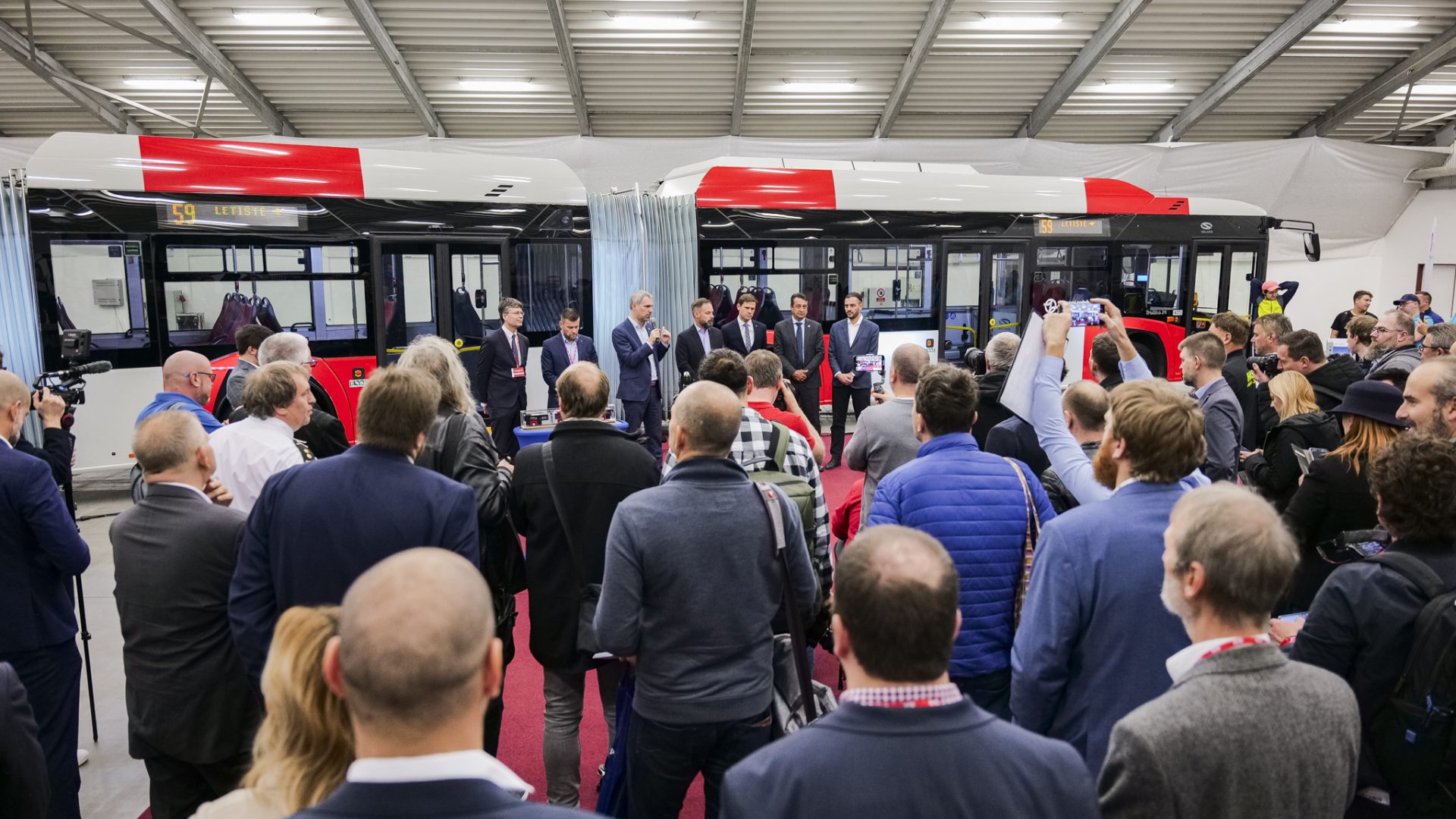
Skoda-Solaris 24-meter trolleybuses for Prague
The Prague Transport Company has ordered a total of 20 double-articulated trolleybuses Škoda-Solaris 24m from the consortium at a total cost of CZK 620 million (roughly 25,286,604 euro). The vehicle can accommodate up to 179 passengers, of which 54 are seated.
Height of the trolleybus is 3,500 mm (with collectors pulled down), with total maximum weight of 38,000 kg. The vehicle features a 60 kWh battery.
The five-door design will speed up passenger changes and allow for comfortable movement of passengers with luggage. There will also be a full-fledged check-in and information system with cashless ticketing and automatic passenger counting, air conditioning or a comprehensive monitoring system with cameras in the interior and exterior, which, among other things, will provide the driver with a sufficient overview of the situation around the vehicle. The Line 119 electrification project is part of the international project EBRT2030 under the Horizon Europe research programme.
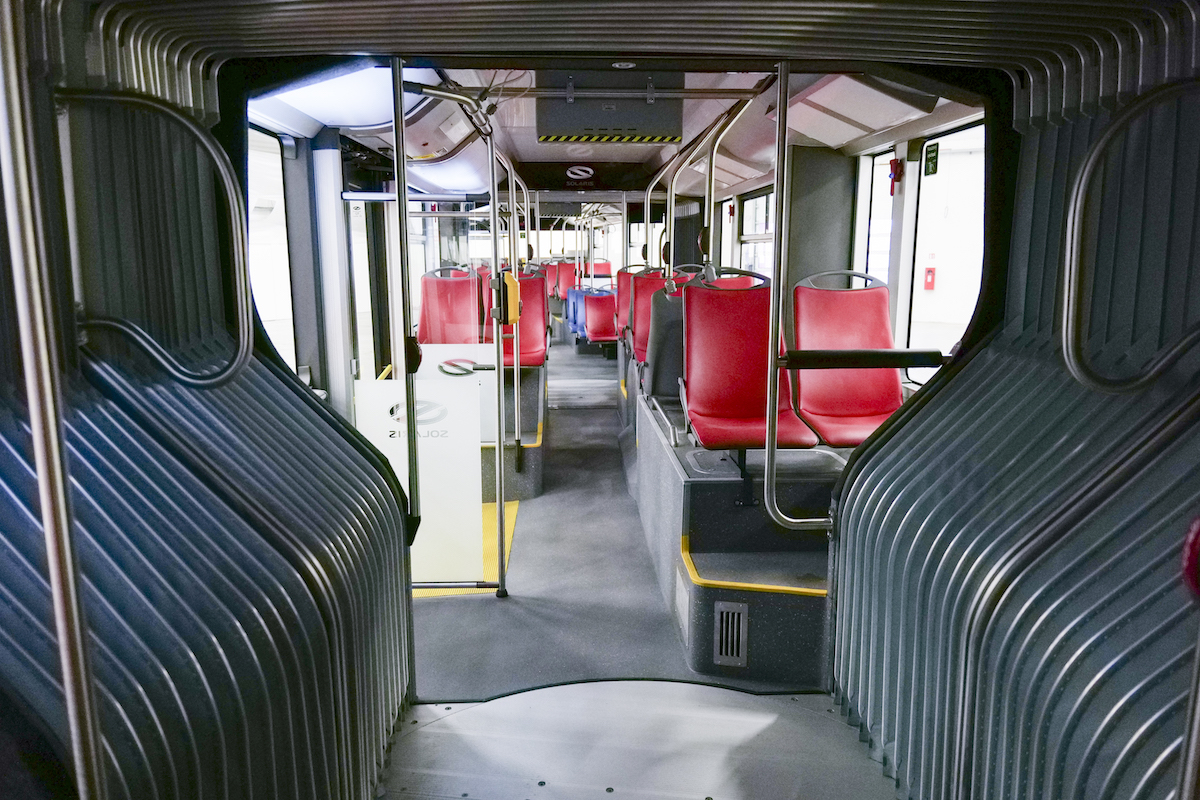
Prague is bringing trolleybuses back in town
“We are really excited about the longest trolleybus produced. It’s not just another vehicle type and an expanded portfolio, it’s also a symbol of the change in the comfort and capacity of travel. We are confident that passengers will appreciate the news. And there is no need to worry either for the trolleybus drivers themselves or for those passing by. Despite its length, the double-articulated trolleybus handles very well, with steering and manoeuvring comparable to conventional articulated trolleybuses. Last but not least, we have the opportunity to participate in the reintroduction of trolleybus transport to the streets of Prague, which we are really pleased about. Škoda has been part of many historic moments and we appreciate the fact that we can once again be part of something so significant,” said Radek Svoboda, Managing Director Components & Bus Mobility at Škoda Group.
“Replacing the existing buses with large capacity trolleybuses will increase the capacity of the line by at least 25 to 30%. This will increase comfort for passengers, who will also have more space for their luggage. Other positive effects, particularly for the environment, will be a saving of around 690,000 litres of diesel and a reduction in CO2 emissions of around 1,850 tonnes, both on an annual basis. The preferred forward-looking solution is, of course, to build a rail link to Prague Airport. Bus line 119 is only the second bus line after line 140 where we are preparing to introduce modern battery powered trolleybuses with a combination of operation partly under the trolley and partly on batteries. In addition to these, Prague Transport Company has 13 other urban bus lines in various stages of project preparation and, in cooperation with the Central Bohemian Region, the first suburban bus line, which will gradually be converted to trolleybuses by 2030. After more than 50 years since the closure, we are indeed bringing trolleybuses back to Prague – a locally emission-free type of transport that has always belonged to the city’s hilly profile. Currently, Prague has the smallest trolleybus network of any city in the Czech Republic that operates trolleybuses. If we manage to implement all the projects in progress, the trolleybus network in Prague will be almost 100 kilometres long and will probably be the longest in the Czech Republic,” says Zdeněk Hřib, 1st Deputy Mayor of the Capital City of Prague. for Transport and Chairman of the Prague Transport Company Supervisory Board.
“We are extremely pleased that everything is progressing on schedule with this electrification project. The construction of the infrastructure at the Řepy garage and the trolleybus line to Václav Havel Airport Prague is entering its final phase with completion scheduled for the end of February next year. Today we are presenting the first large-capacity trolleybus to the public, even a little ahead of schedule. I firmly believe that both the manufacturer and we will manage to obtain all the necessary permits so that we can launch it for the first time at the end of November and the beginning of December, on the already completed trolleybus line from Palmovka to Čakovice and Miškovice, and thus begin the first stage of the vehicle’s homologation. First without passengers, in which it is necessary to drive 5 thousand kilometres. After reaching this milestone, the first passengers will be able to ride the vehicle. The second stage of homologation, i.e., operation of the vehicle with passengers, in which up to 15,000 kilometres must be driven, will begin. To achieve this, we expect to deploy a second vehicle in January. If everything goes according to plan, we should take delivery of all 20 trolleybuses in mid-February and then start operating them on line 59 to the airport in March 2024,” adds Petr Witowski, Chairman of the Board of Directors and CEO of Prague Transport Company.
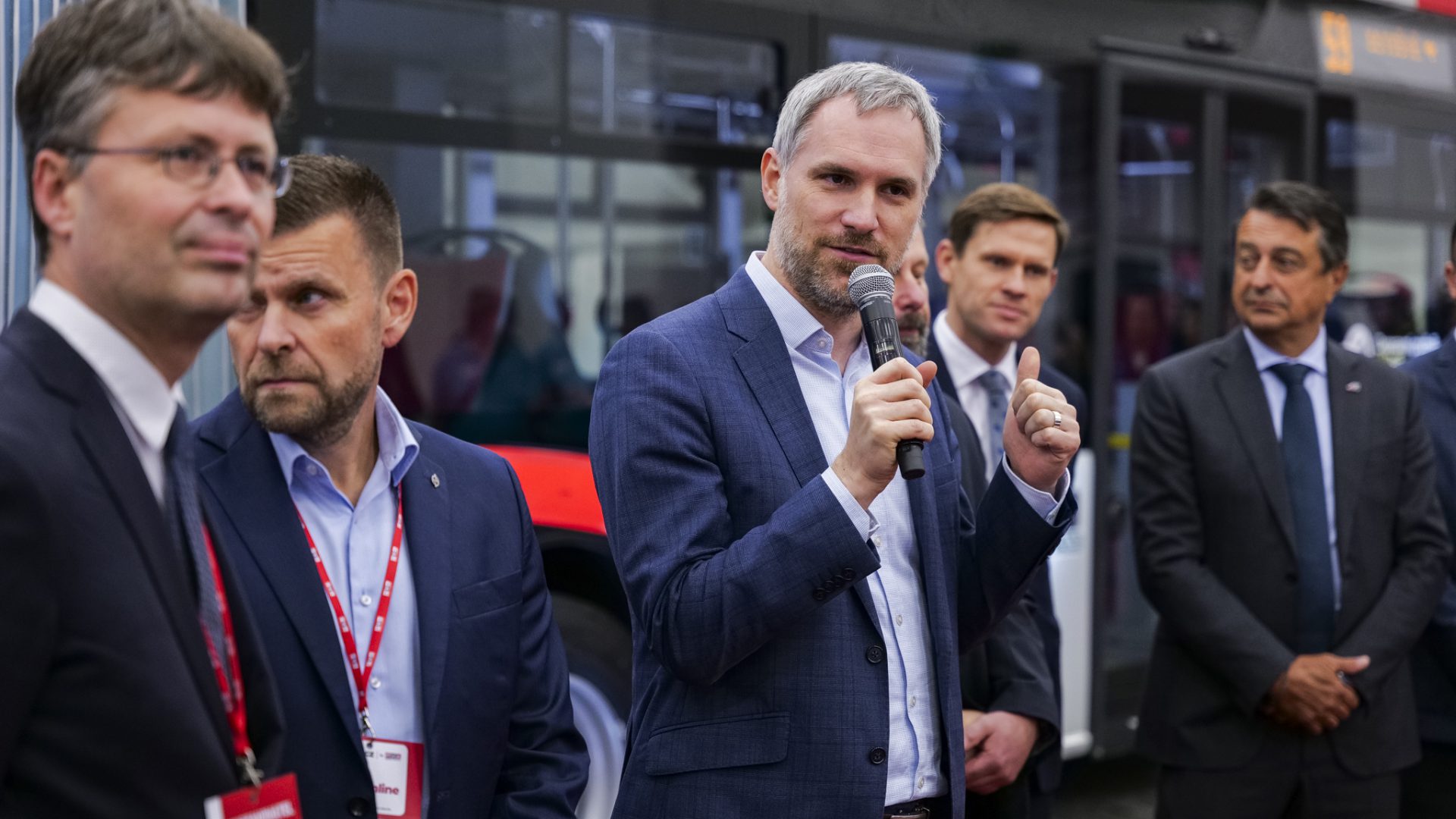
Jiří Pos, Chairman of the Board of Directors of Prague Airport, is very supportive of the trolleybus connection between the airport terminals and the city centre: “It will increase comfort for passengers and all employees. At the same time, I must appreciate that the concept fits in with our ESG strategy. Reducing emissions and noise at the airport and its surroundings is our long-term goal and we are trying to involve our airport partners, which Prague Transport Company undoubtedly is. However, the ideal transport connection from the airport to the city centre and back will be a rail link.”





